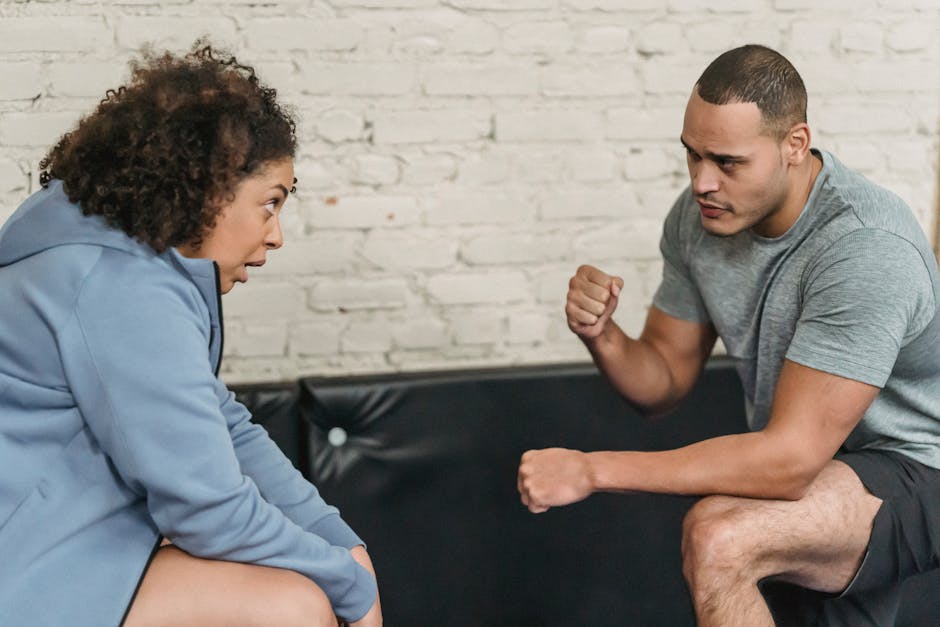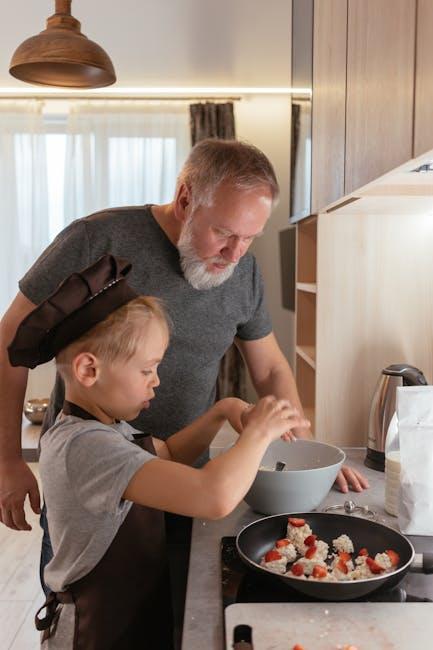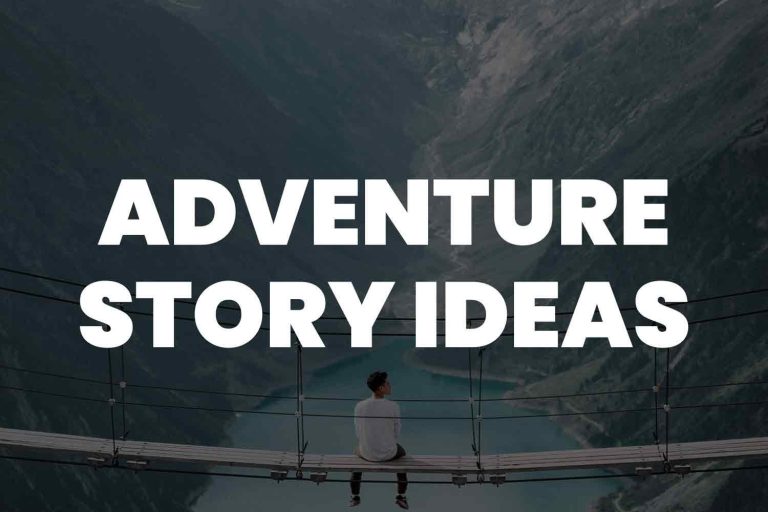Enhancing Dialogue: Crafting Thoughtful Questions

In the vast and complicated world of communication, where misunderstandings run rampant and conversations often devolve into talking over each other like a chaotic game of verbal bumper cars, one tool stands out as the unsung hero of productive dialogue: the humble question. But not just any question will do. Oh no, dear reader, we are here to explore the art of crafting thoughtful questions that will elevate your conversations from meandering small talk to meaningful exchanges that leave everyone feeling heard and understood. So buckle up, grab your metaphorical crafting scissors and glue, and get ready to enhance your dialogue with the power of thoughtful questioning!
Key Components of Crafting Thoughtful Questions
When it comes to crafting thoughtful questions, there are a few key components that can take your inquiry game to the next level. First and foremost, it’s important to consider the context in which you’ll be asking your question. Are you at a job interview? A dinner party? A first date? Tailoring your question to the situation at hand will ensure that you don’t come off as awkward or out of touch.
Next, think about the person you’ll be asking the question to. What are their interests, hobbies, and pet peeves? Asking a question that shows you’ve done your homework will not only impress them, but it will also make for a more engaging conversation. Remember, nobody wants to answer the same old boring questions like “What do you do for a living?” or “How’s the weather?” Think outside the box!
Another key component of crafting thoughtful questions is to keep them open-ended. This means asking questions that can’t be answered with a simple “yes” or “no.” Get creative with your phrasing and don’t be afraid to delve into deeper topics. Who knows, you might just uncover a hidden talent or passion that your conversation partner never even knew they had.
Lastly, don’t forget to be an active listener. Once you’ve asked your question, give the other person time to respond and really take in what they have to say. This will not only show that you care about their thoughts and opinions, but it will also help you come up with more thoughtful questions in the future. So go forth and craft those questions like the conversational wizard you were meant to be!

Understanding the Purpose Behind Your Questions
Have you ever wondered why you ask the questions that you do? Are you constantly questioning the meaning of life, or just trying to figure out where you left your keys? Let’s dive into the deeper meaning behind your curious mind!
First and foremost, your questions are like little detectives searching for clues in the vast universe of knowledge. They are on a mission to uncover the truth, solve mysteries, and maybe even find out why cats always land on their feet. It’s a never-ending quest for answers, and your questions are the fearless leaders of this adventure!
As you ponder life’s greatest mysteries, you may find that your questions serve a higher purpose. They can spark meaningful conversations, inspire others to think outside the box, and ultimately lead to new discoveries. So, don’t be afraid to ask those quirky, unconventional questions - you never know where they might take you!
So, next time you find yourself questioning everything from the meaning of existence to why socks always disappear in the laundry, remember that your questions are not just random thoughts floating in the void. They are powerful tools that drive your curiosity, ignite your imagination, and propel you towards a greater understanding of the world around you. Embrace your inquisitive nature and keep those questions coming!

Building Empathy and Openness Through Dialogue
When it comes to , we must first acknowledge that communication is key. In today’s fast-paced world, it’s easy to forget the importance of truly listening to others and trying to understand their perspectives.
One way to foster empathy is to engage in active listening. This means really paying attention to what the other person is saying, instead of just waiting for your turn to speak. By listening with an open mind and heart, we can create a safe space for honest conversations and genuine connections.
Another strategy for building empathy is to practice putting yourself in someone else’s shoes. Imagine what it must be like to walk a mile in their socks, sandals, or stilettos. By stepping into their footwear, we can begin to see the world from their point of view and develop a greater sense of compassion and understanding.
Remember, is a journey, not a destination. It takes time, effort, and a willingness to step outside of your comfort zone. So, let’s lace up our empathy sneakers, buckle up our openness belts, and embark on this adventure together!

Encouraging Active Listening and Reflection
So you want to be a master of active listening and reflection, huh? Well, strap in because I’ve got some tips that will blow your mind (in the best way possible).
First off, let’s talk about active listening. This isn’t just about nodding your head and pretending to pay attention while secretly thinking about what you’re going to have for dinner. No, active listening means fully engaging with the person who is speaking. So put down your phone, stop doodling on that napkin, and focus!
One way to show that you’re actively listening is to paraphrase what the speaker is saying. This shows that you’re not just hearing the words, but actually understanding them. Plus, it gives you a chance to show off your impressive paraphrasing skills. Who knew that English class would come in handy?
Now, onto reflection. This is where things get deep. Reflecting on what you’ve heard can help you gain a deeper understanding of the topic and can even spark new ideas. So take a moment to sit back, ponder what you’ve heard, and let those brilliant thoughts flow. Who knows, you might just come up with the next big idea while reflecting on your friend’s story about their cat.

Exploring Different Questioning Techniques
Have you ever found yourself stuck asking the same old boring questions? Well, it’s time to switch things up and explore some different questioning techniques!
One technique to try is the “Reverse Psychology” method. Instead of asking a direct question, try making a statement that will prompt the response you’re looking for. For example, instead of asking ”Do you want to go for a walk?” you could say “I bet you couldn’t handle a brisk walk around the block!”
Another fun technique to experiment with is the “Multiple Choice” approach. Give the person you’re questioning a few different options to choose from, even if they aren’t entirely serious. You might be surprised by the answers you receive!
Lastly, don’t be afraid to get a little creative with your questions. Ask hypothetical scenarios, use puns, or even throw in a joke or two. The more unexpected your questions are, the more likely you are to get interesting and entertaining responses! Have fun and watch as your conversations become more engaging and unpredictable.
Navigating Difficult Conversations with Sensitivity
So you find yourself in a sticky situation, needing to navigate those dreaded difficult conversations with sensitivity. Fear not, we’ve got some tips to help you emerge unscathed!
First and foremost, it’s important to approach the conversation with empathy and understanding. Put yourself in the other person’s shoes and try to see things from their perspective. Remember, it’s not all about you!
- Listen actively and attentively
- Acknowledge the other person’s feelings
- Avoid interrupting or jumping to conclusions
It’s also crucial to choose your words carefully. Be mindful of how your words may be perceived and strive to communicate your thoughts in a clear and non-confrontational manner. Remember, honesty is key, but so is tact!
Remember, difficult conversations are never easy, but with a little sensitivity and a whole lot of courage, you can navigate them like a pro. So take a deep breath, steel yourself, and dive right in!
Practicing Mindfulness in Communication
When , it’s important to be fully present and engaged in your conversations. Put down your phone, stop thinking about what you’re going to have for dinner, and really listen to what the other person is saying.
One way to stay focused is to take deep breaths before responding. This not only helps you calm down and collect your thoughts, but it also prevents you from blurting out something you might regret later. Remember, there’s no rush to reply – take your time and respond thoughtfully.
Another key aspect of mindful communication is being aware of your body language. Maintain eye contact, nod your head to show you’re listening, and try not to fidget or look distracted. Remember, non-verbal cues can speak volumes, so make sure you’re sending the right signals.
Lastly, don’t be afraid to ask for clarification if you’re unsure about something. It’s better to seek understanding than to make assumptions and risk misunderstanding the other person. Remember, communication is a two-way street, so make sure you’re both on the same page.
FAQs
Why is it important to ask thoughtful questions during dialogue?
Asking thoughtful questions shows that you are genuinely interested in what the other person has to say and can help deepen the conversation.
How can I come up with good questions on the spot?
One way to come up with good questions on the spot is to actively listen to what the other person is saying and then respond with a question that builds off of their response.
What are some examples of open-ended questions that can enhance dialogue?
Open-ended questions are great for encouraging the other person to share more about their thoughts and feelings. For example, “Can you tell me more about that?” or “What do you think about this issue?”
How can I avoid asking questions that lead to dead-end conversations?
Avoid asking questions that can be answered with a simple ”yes” or “no.” Instead, try to ask questions that require the other person to elaborate and provide more context.
What are some tips for crafting questions that show empathy and understanding?
One tip is to use “I” statements when asking questions, such as “I’m curious to hear more about your experience with that.” This shows that you are empathetic and interested in the other person’s perspective.
How can I encourage others to ask me thoughtful questions in return?
Lead by example! By asking thoughtful questions yourself, you can inspire others to do the same. Additionally, showing genuine interest in the other person’s responses can encourage them to reciprocate.
Time to Put Your Questioning Skills to the Test!
Now that you’ve learned how to enhance dialogue by crafting thoughtful questions, it’s time to put your newfound skills to the test. Remember, the key to engaging in meaningful conversations is to ask open-ended questions that spark curiosity and encourage thoughtful responses. So go forth, fellow conversationalist, and start shaping discussions that leave a lasting impact. Who knows, you might just become the master of dialogue that everyone turns to for stimulating conversation. Happy questioning!






